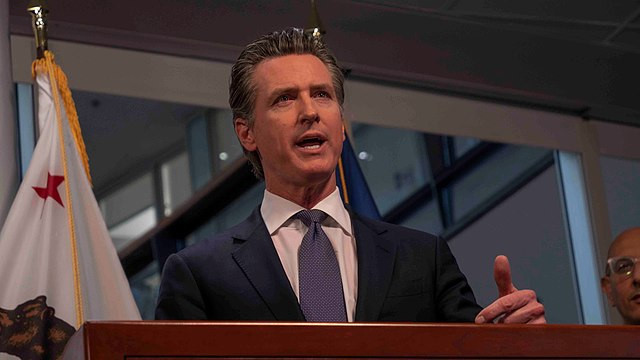In a move that has garnered both support and criticism, California Governor Gavin Newsom has signed into law a pilot program that will see the installation of speed cameras in several cities across the state. This decision comes as a response to the alarming rise in pedestrian deaths and speeding-related accidents in recent years.
The pilot program, initiated by AB 645, permits six Californian cities to set up speed cameras in areas identified as "high-accident" corridors, school zones, or places frequently visited by street racers. The cities selected for this initiative include Long Beach, Los Angeles, Glendale, Oakland, San Francisco, and San Jose.
Assemblywoman Laura Friedman, D-Burbank, the bill's author, emphasized the urgency of the situation, stating, "Slowing cars is imperative to saving lives." She further highlighted that deaths resulting from speeding have been mischaracterized as "accidents" for far too long. In her words, "These deaths are preventable."
The statistics paint a grim picture. According to data from the Los Angeles County Department of Public Health, motor vehicle accidents stand as the leading cause of death for individuals under 30. In 2021 alone, California witnessed 4,379 fatalities due to traffic collisions, with 1,275 of these being pedestrians or bicyclists. Drawing a comparison, Friedman's office pointed out that New York City experienced a 73% reduction in speeding post the introduction of speed cameras.
The mechanics of the program are straightforward. Cameras will be triggered when vehicles exceed the posted speed limit by at least 11 miles per hour. These devices will capture images of the offending vehicle's rear license plate, following which a ticket will be dispatched to the car's registered owner. The fines will commence at $50, with the first ticket serving merely as a warning.
However, the program isn't without its safeguards. The legislation has provisions for a legal appeals process and offers avenues for low-income offenders to either have their fines waived or reduced by up to 80%. Before the cameras become operational, city officials are mandated to draft a policy outlining their usage, the nature of data collection, and measures to safeguard drivers' data. Furthermore, a public information campaign must be launched at least a month before the cameras are activated. Additionally, signs indicating the presence of these cameras must be displayed for a minimum of 60 days post their activation.
Long Beach Mayor Rex Richardson, a proponent of the initiative, expressed his concerns about the city's traffic safety, noting that 45 individuals lost their lives in traffic collisions last year. Echoing his sentiments, Damian Kevitt, founder of the Los Angeles-based road-safety advocacy group Streets Are For Everyone, lauded the legislation's approval. He remarked, "Reckless speeding has created a public health crisis on our roads," emphasizing the need for immediate protective measures.
While the law takes effect on January 1, the actual installation of cameras will be contingent on the completion of the aforementioned prerequisites. As California embarks on this new chapter in traffic enforcement, it remains to be seen how this initiative will impact the state's road safety statistics in the long run.






